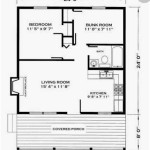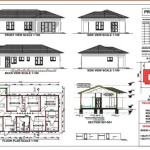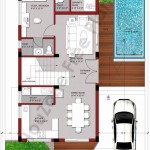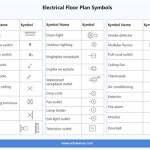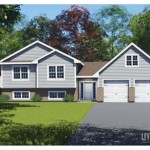Essential Aspects of Sustainable Housing Plans
In an era marked by environmental concerns and the need for responsible resource management, sustainable housing has emerged as a crucial element in creating resilient and eco-conscious communities. A well-defined Sustainable Housing Plan outlines strategies that aim to minimize negative environmental impacts, promote energy efficiency, and enhance the overall well-being of occupants.
### Key Principles of Sustainable HousingEffective Sustainable Housing Plans adhere to the following principles:
*Energy Efficiency:
Buildings are designed to minimize energy consumption through energy-efficient appliances, insulation, and solar panels. *Water Conservation:
Fixtures and landscaping choices conserve water through low-flow toilets, efficient irrigation systems, and rainwater harvesting. *Material Selection:
Sustainable materials with low environmental impact are used, such as recycled materials, locally sourced timber, and non-toxic paints. *Waste Management:
Systems are implemented to reduce waste generation, promote recycling, and utilize compostable materials. *Health and Safety:
Buildings provide a healthy indoor environment with good air quality, access to natural light, and safe materials. ### Framework for Sustainable Housing PlansA comprehensive Sustainable Housing Plan includes the following crucial elements:
1. Site Selection and Design:
* Prioritize infill development or brownfield redevelopment to reduce urban sprawl. * Optimize building orientation and site layout to maximize sunlight exposure and natural ventilation. * Integrate green spaces and native landscaping to promote biodiversity.2. Building Design and Construction:
* Implement energy-efficient building techniques, such as passive solar design and high-performance insulation. * Use sustainable materials with low environmental impact and high durability. * Employ water-saving fixtures and appliances to minimize water consumption.3. Energy and Water Management:
* Install renewable energy systems, such as solar panels and geothermal heat pumps, to reduce reliance on fossil fuels. * Implement water conservation measures through low-flow appliances and rainwater harvesting. * Utilize energy monitoring and control systems to optimize energy performance.4. Waste Management:
* Design waste sorting and recycling systems to facilitate the proper disposal of waste. * Promote composting and reduce waste generation through smart design choices. * Establish partnerships with waste management companies to ensure responsible disposal practices.5. Community Engagement and Education:
* Engage with the community to promote awareness and adoption of sustainable practices. * Provide educational resources and training to empower residents to make informed choices. * Foster a sense of community responsibility and stewardship for the environment. ### Benefits of Sustainable HousingImplementing Sustainable Housing Plans offers numerous benefits, including:
* Reduced environmental impact and carbon footprint * Lower energy and water bills for occupants * Improved indoor air quality and health outcomes * Increased property value and desirability * Creation of a more sustainable and resilient community ### ConclusionSustainable Housing Plans are essential for creating a responsible and eco-conscious built environment. By incorporating the principles and framework outlined above, communities can collectively reduce their environmental footprint, conserve resources, and enhance the well-being of their inhabitants. Embracing sustainable housing practices is a prudent investment in a future where both the environment and human needs are harmoniously met.
Floor Plan Arviat Northern Sustainable House Cmhc 2007 P 22 Scientific Diagram

Disciplines Converge To Explore Sustainable Housing Planning University Of Arkansas

Pin On Architectural Presentations Drawings Models Concepts

25 Small Sustainable House Plans Cutaway Drawings Natural Building Blog

30 Plans Sections And Details For Sustainable Projects Archdaily

Simply Smart An Ultra Green Sustainable House By Zeroenergy Design

E House Exterior Walls Welded Together Inhabitat Green Design Innovation Architecture Building

35 Million Sustainable Housing Scheme Revealed

The First Low Energy House In Jordan Carboun Advocating Sustainable Cities Middle East And North

Tyne Valley Northumberland Sustainable Housing Newton Architects Architecture And Design Northeast



